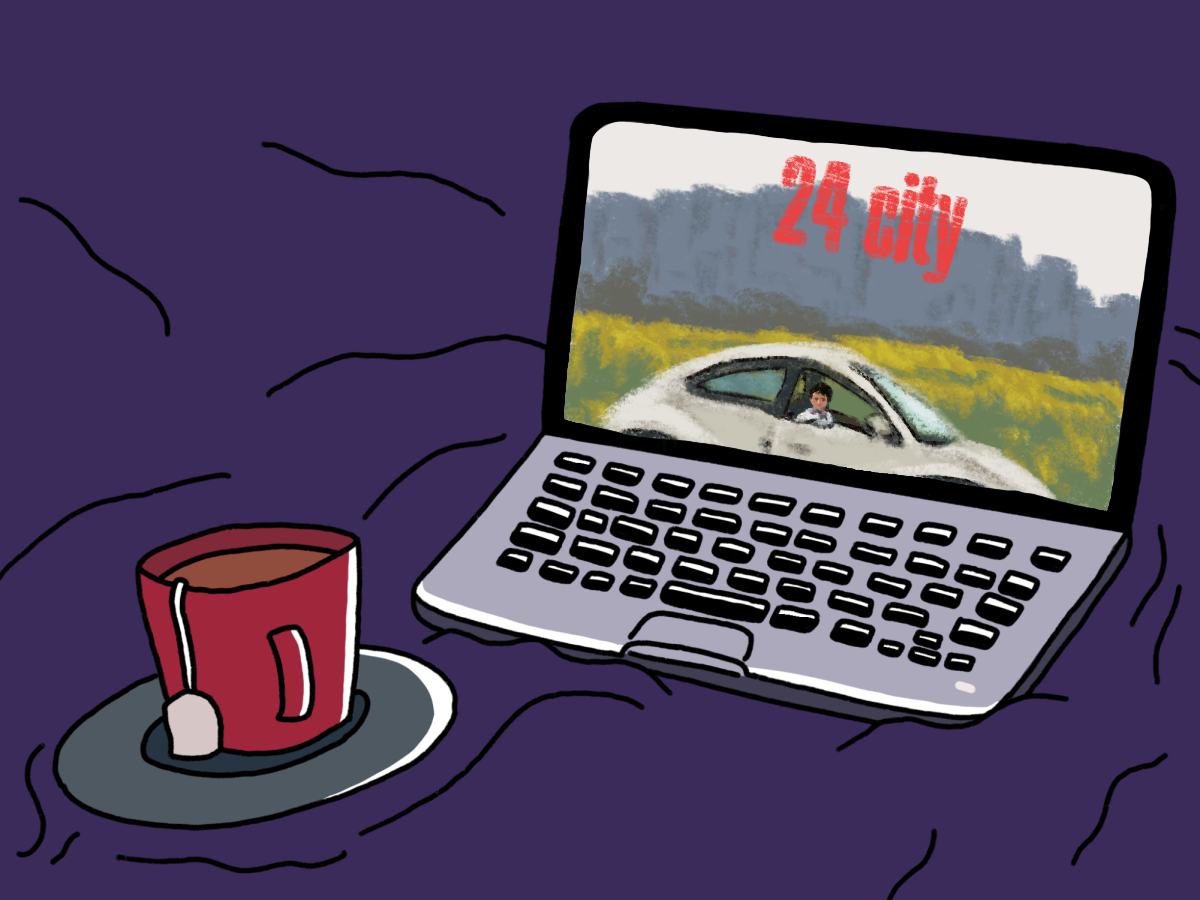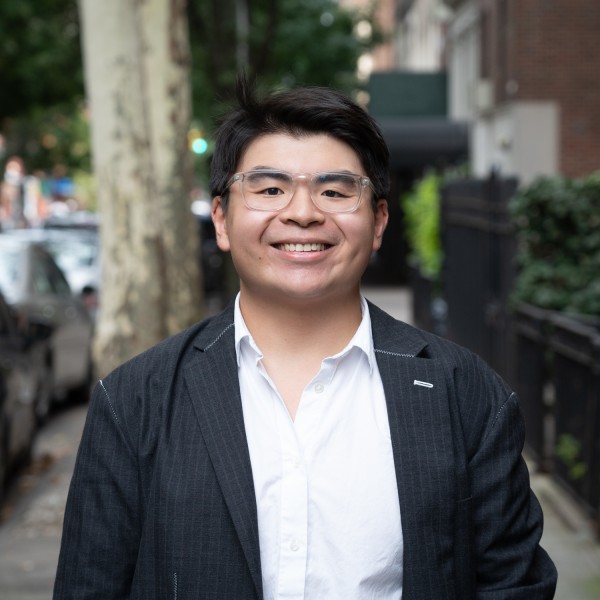Living in a metropolis like New York City means constantly witnessing a ceaseless commercial drive toward prosperity — a process defined by both creation and displacement. Structures of steel and glass sprout along the skyline, as new roads are routinely woven into the bustling sprawl. Towering LED billboards flood the streets in a multicolored haze, overwhelming citizens in a world of infinite consumer choices. While a dramatic remodeling perpetually unfolds on the surface, the hidden scars of development are left to rot in the shadows. In a world obsessed with the future, people and places are left to fend for themselves in the dust of progress.
Chinese filmmaker Jia Zhangke’s 2008 documentary-fiction hybrid “24 City” captures this global phenomenon, depicting how the lost souls of the industrial age navigate a world that no longer needs them.
Jia places his camera in front of the workers of Factory 420, an old munitions plant in Chengdu, China. However, Factory 420 is set for demolition, to be replaced by a luxury residential building called 24 City. Documentary footage and a series of talking head interviews — both scripted and authentic — paint the picture of a dwindling community.
While some subjects fondly reminisce about the heyday of the factory complex, longing for its sense of community and security, others like Hao Dali share a personal history filled with tragedy and sacrifice. Like many of the other employees, she was ordered to relocate from Shenyang in northeastern China, to a factory all the way on the opposite end of the country. Propped up by a window, through which beams of sunlight ooze into old office space, she breaks down into tears as she tells the story of losing her first child en route to the factory. By enumerating the sacrifices workers made to secure their new livelihoods, Jia makes the destruction of the decrepit factory all the more heartbreaking.
The interviews are punctuated by extended shots of the factory floor and the rest of Chengdu. Jia creates a stark contrast between Factory 420 and the other parts of the city. The dynamic horizon dotted with 200-foot-tall tower cranes and high rises is wrapped in scaffolding, and the factory is simply a barren hall. Cameras pan over the dull and vacuous space. Giant, rusty turbines hang over piles of wrangled steel. A small crew of workers continues to rummage through the junk, welding and repairing old parts as they wait for the factory’s inevitable closure. Once the pride of the proletariat, the decaying complex is a relic of a bygone era.
This image of empty warehouses and abandoned factories is not unique to Chinese industrial districts. Whether through depictions of the dry docks at the Brooklyn Navy Yard, or of the crumbling steel mills across the Rust Belt, Jia’s film speaks to an international pattern of destitution.
As we march along to the corporate drumbeat of continual innovation and growth, projects like “24 City” remind us of the price of change. Architectural marvels and technological feats are all built on the faded memories of a neglected class.
Contact Mick Gaw at [email protected].
























































































































































